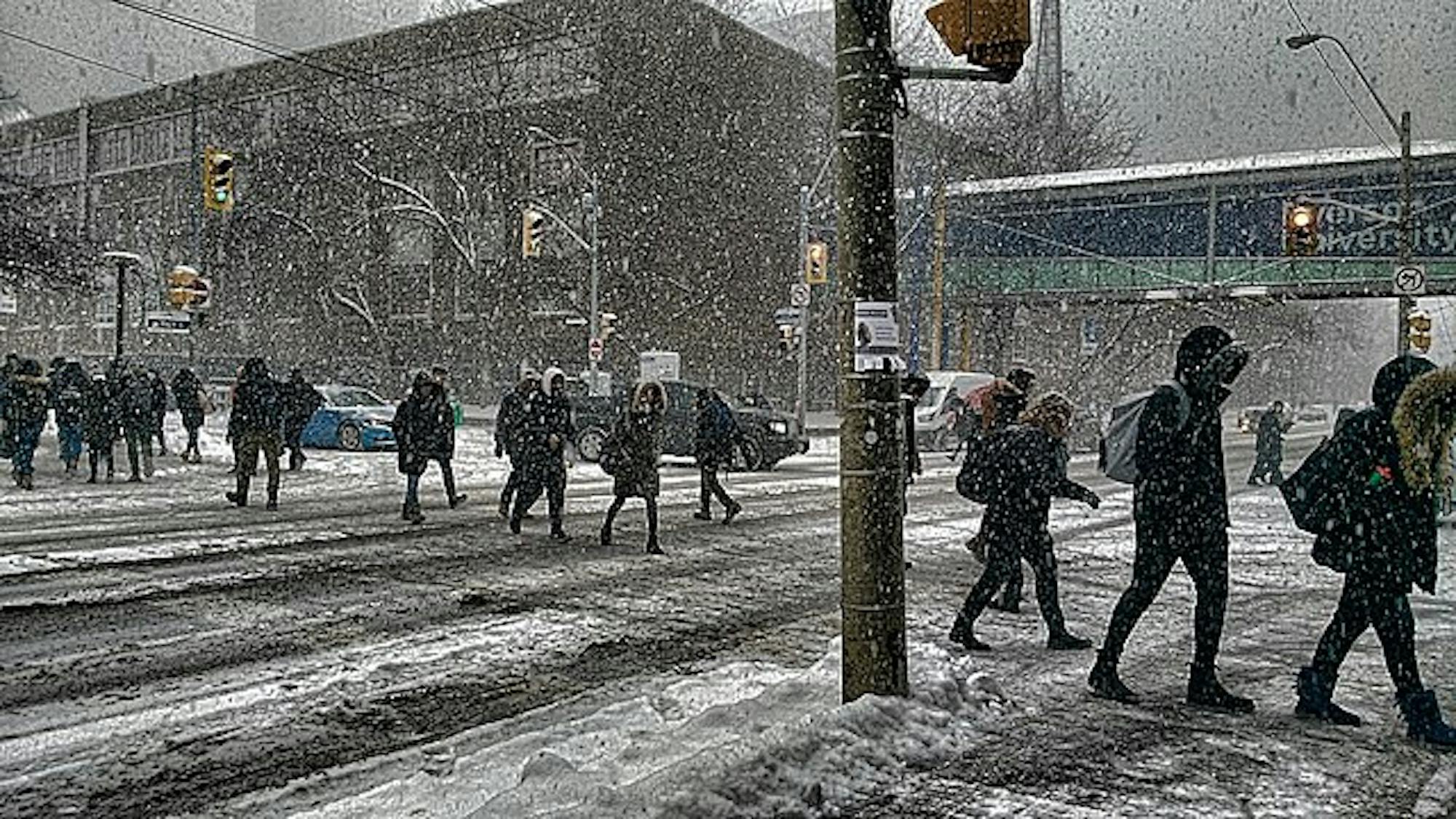Part of the appeal of attending a New England university is experiencing the seasons — the bright fall foliage and white snow blanketing campus. I came further up north for college fully expecting a picturesque winter. I imagined holiday lights, sledding down President’s Lawn and lots of hot chocolate — something straight out of a Hallmark movie. Snow and hot beverages are sure to arrive in the coming months, but currently, as temperatures are dropping and the ground lays bare with dead grass and fallen leaves, the winter blues are upon us.
The winter blues are a precursor to wintertime in college. Defined by sadness, fatigue and lack of motivation, the winter blues can feel just like the end-of-semester burnout we all inevitably experience. While the winter blues are often signified by the same symptoms that sleep-deprived and overworked students experience, this seasonal sadness differs in that it occurs during the coldest, darkest months of the year. The combination of finals approaching, cold weather setting in and winter break being weeks away create the unhappy, lonely conditions of the winter blues.
Students will often use the terms “winter blues” and “seasonal depression” interchangeably, mistaking their temporary feelings of distress for a season-patterned depressive disorder. Seasonal depression, also called seasonal affective disorder, is a mental health disorder characterized by overwhelming feelings of despair, isolation and anxiety that interfere with daily life. While many of winter blues’ symptoms overlap with SAD’s — including feelings of listlessness, low energy, fatigue and oversleeping — SAD can have a much more life-altering impact. SAD is associated with a biochemical imbalance in the brain, is more common in those already experiencing major depressive disorder or bipolar disorder and can drastically disrupt people’s lives.
While there are certainly differences between winter blues and seasonal depression, treatments for the two generally coincide. Suggested solutions such as a consistent sleep schedule, daily exercise, sunlight exposure and a balanced diet may sound simple enough to implement, but such tasks can be daunting and unrealistic for students juggling classes, study sessions and extracurriculars. Left with little time for self-preservation and wellness, students often resort to the cram-and-crash method, putting their mental well-being on the back burner and prioritizing finals before inevitably tanking.
Without taking the necessary steps to combat winter blues, students can exacerbate anxiety, which can negatively affect their performance on their final exams. With the help of mental health services on Tufts’ campus, ranging from individual CMHS counseling sessions to calling in to Ears 4 Peers anonymously or even setting aside an hour with your advisor to map out a study plan, the winter season does not need to be accompanied by negative emotions. If a therapy session or meeting doesn’t sound appealing in the midst of finals, small personal efforts can go a long way.
Whether the solution is ranting to your mom over the phone about finals stress, texting a friend to grab lunch, setting aside an hour to go to the gym or investing in light therapy to brighten your space, small-scale efforts to cure the winter blues are better than a failure to acknowledge them entirely. The crucial takeaway for dealing with the winter blues or SAD is that isolation will only make things worse — so while it is understandable to try to cope by burying oneself under mounds of blankets or living in a cubicle in Tisch, seeking out socialization can ease the long, cold winter ahead.






